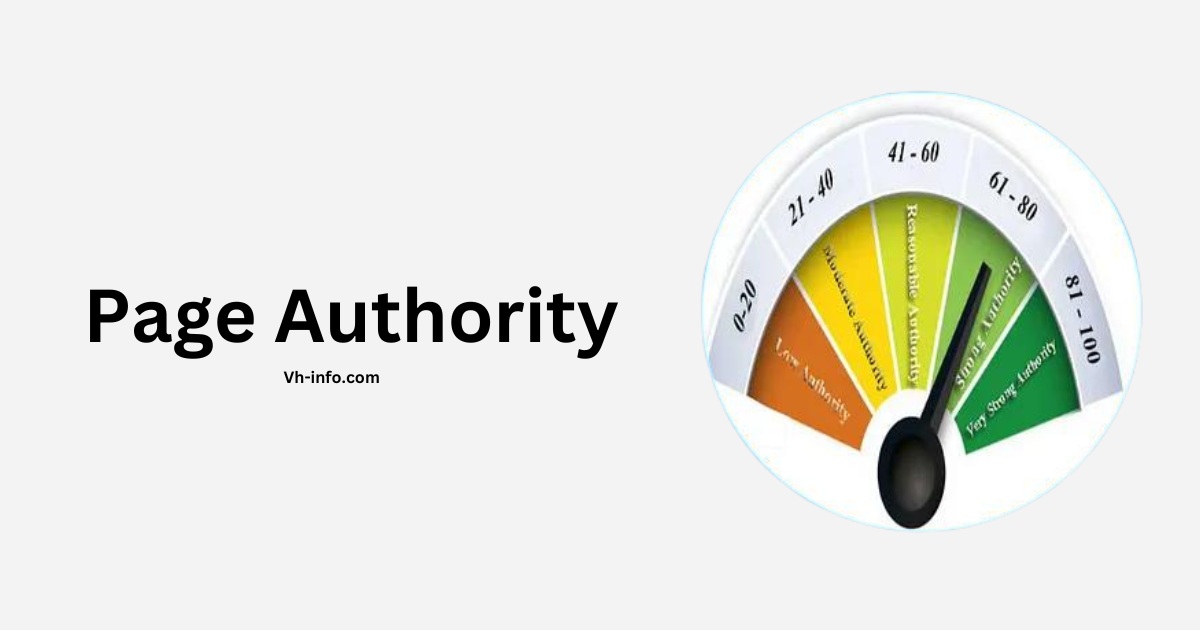
Page Authority: Meaning, Importance, Factors & How to Check it?
Page Authority (PA) is a critical metric in the world of search engine optimization (SEO). Developed by Moz, Page Authority

Page Authority: Meaning, Importance, Factors & How to Check it?
Page Authority (PA) is a critical metric in the world of search engine optimization (SEO). Developed by Moz, Page Authority
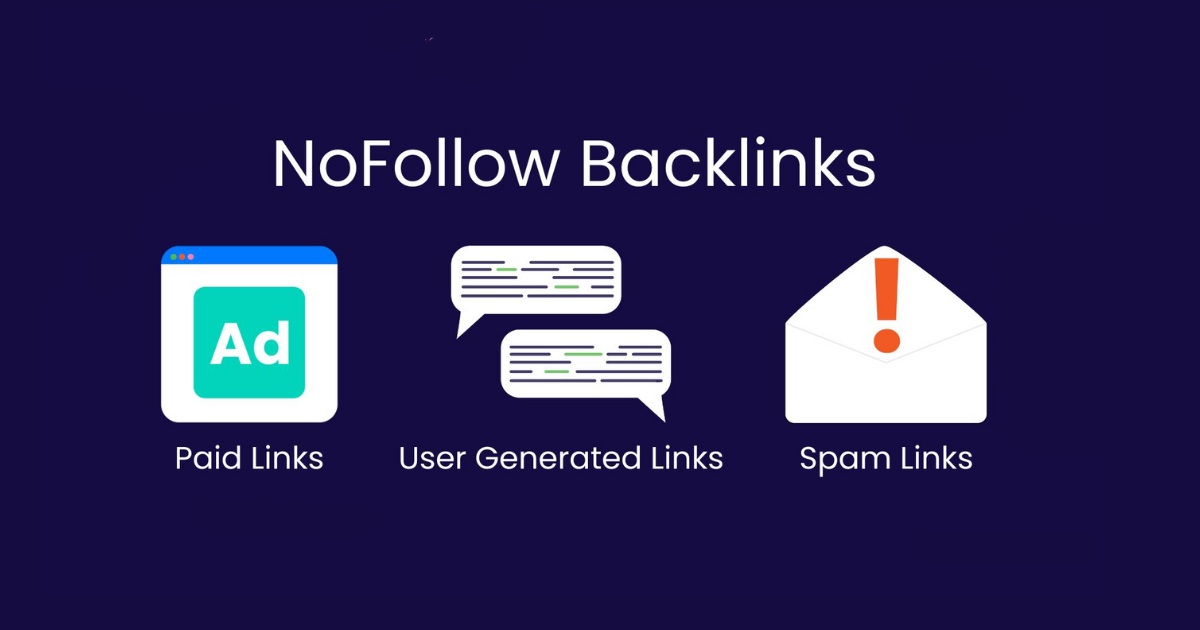
Nofollow Backlinks: Are They Beneficial For Your Website?
In the world of search engine optimization (SEO), backlinks play an important role in determining a website’s visibility and authority.
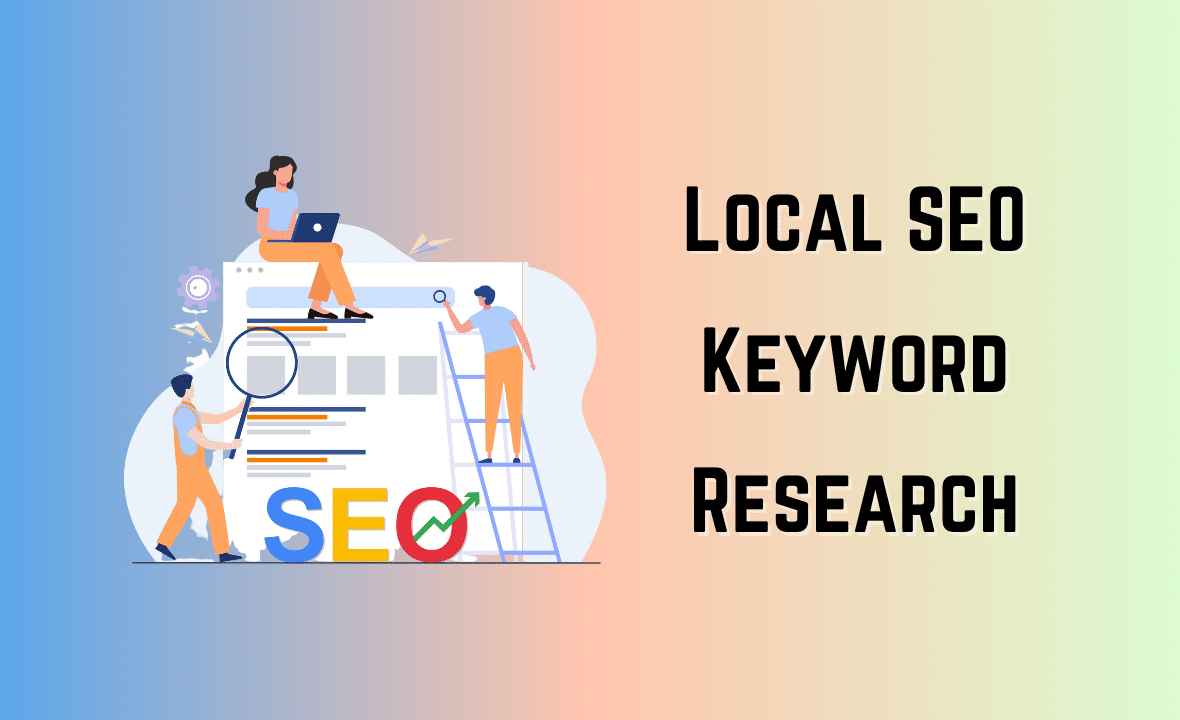
Local SEO Keyword Research Guide 2024: Rank More Keywords #1 Easily
In today’s digital world, local SEO keyword research is super important for businesses looking to bring in customers from specific

Best Time to Post on Google My Business: Expert Tips
As a SaaS business, having an active and optimized Google Business Profile is important for attracting potential customers and improving
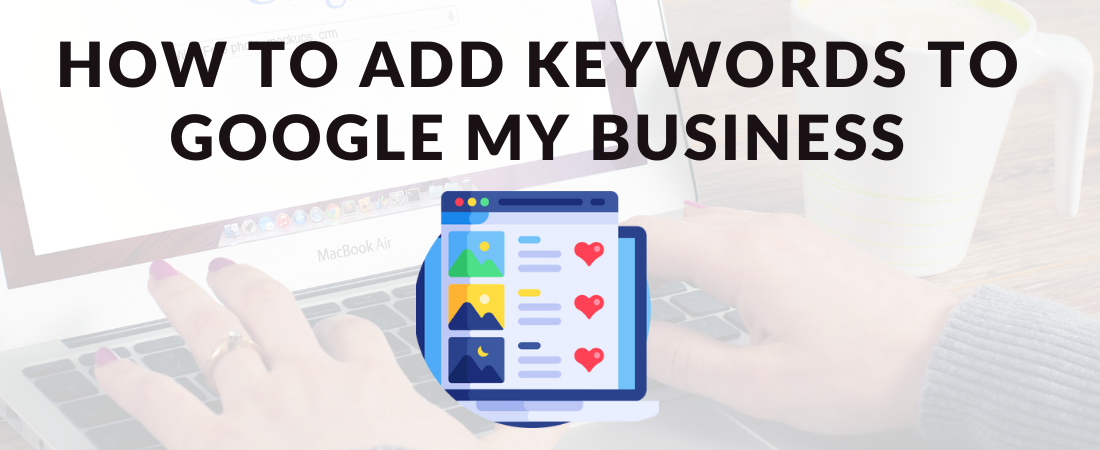
How to Add Keywords to Google My Business? Easy Guide to Rank #1
As a SaaS business, your online presence is important for attracting potential customers and driving growth. One powerful tool to
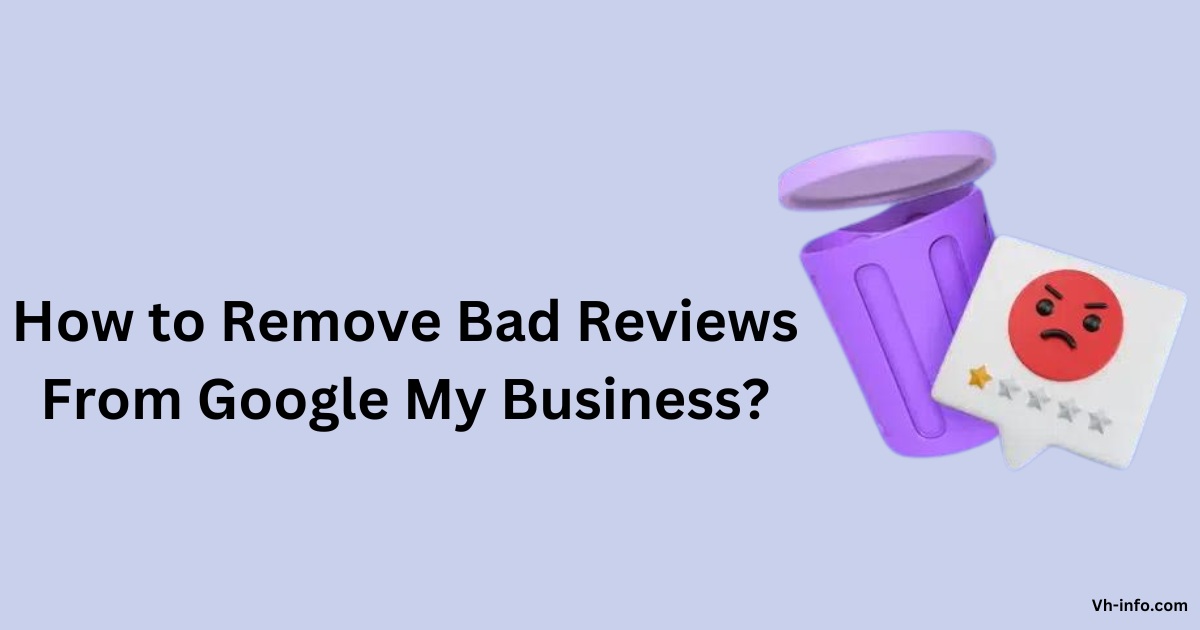
How to Remove Bad Reviews From Google My Business?
Hey there, business owners! Your online rep is super important for bringing in new customers and keeping a good vibe
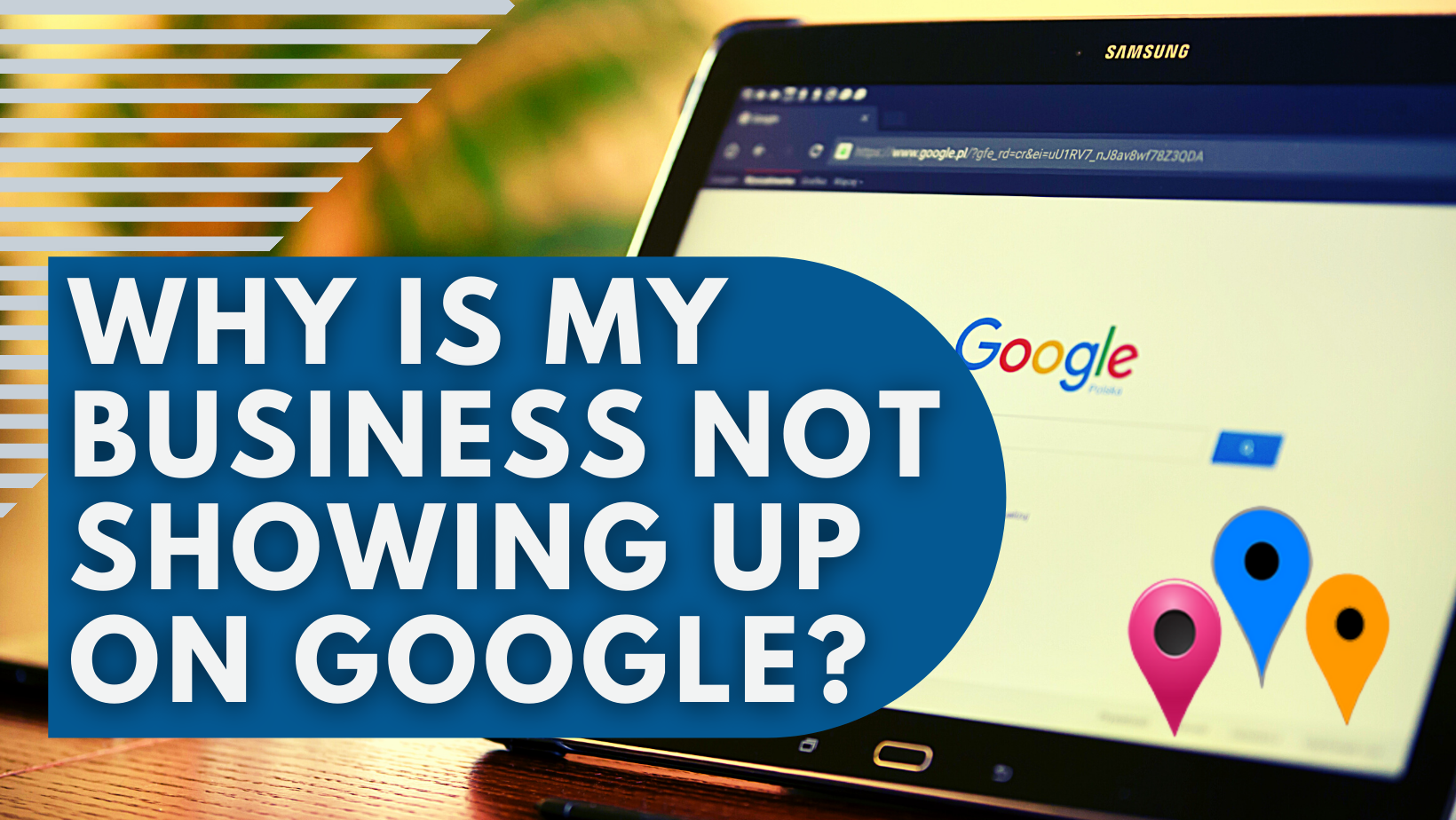
Why is My Business Not Showing Up on Google? 5 Reasons & Fixes
As a small business owner, having your Google Business Profile show up in local search results is important for attracting
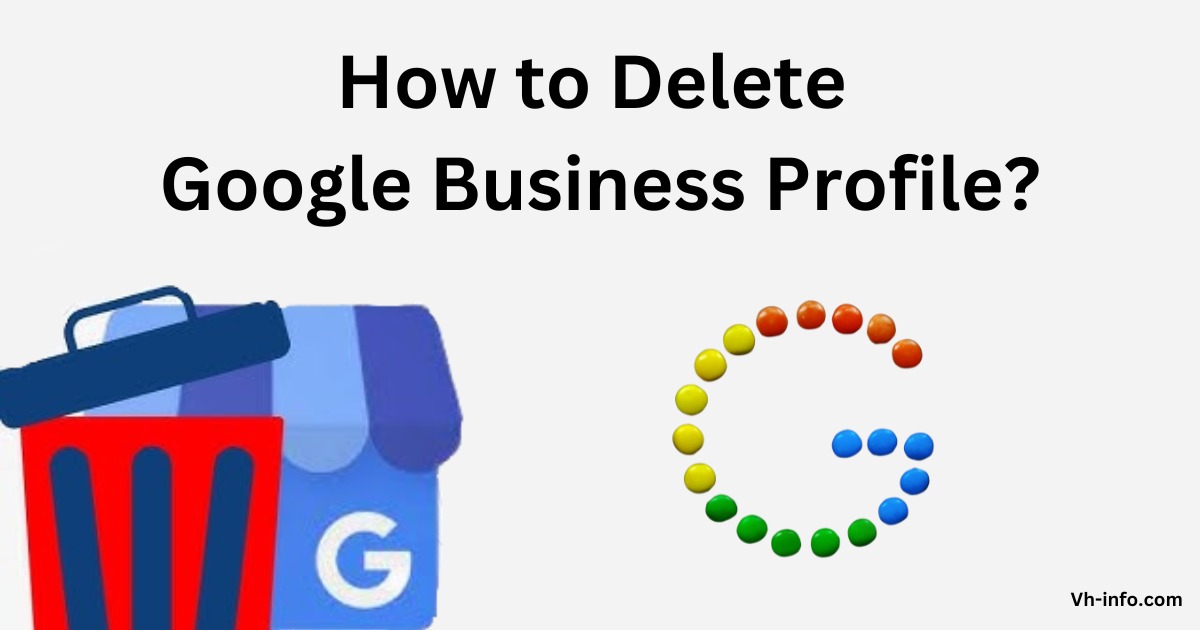
How to Delete Google Business Profile: A Step-By-Step Guide
Hey there, business owners! We all know how important it is to keep up with our online presence to attract
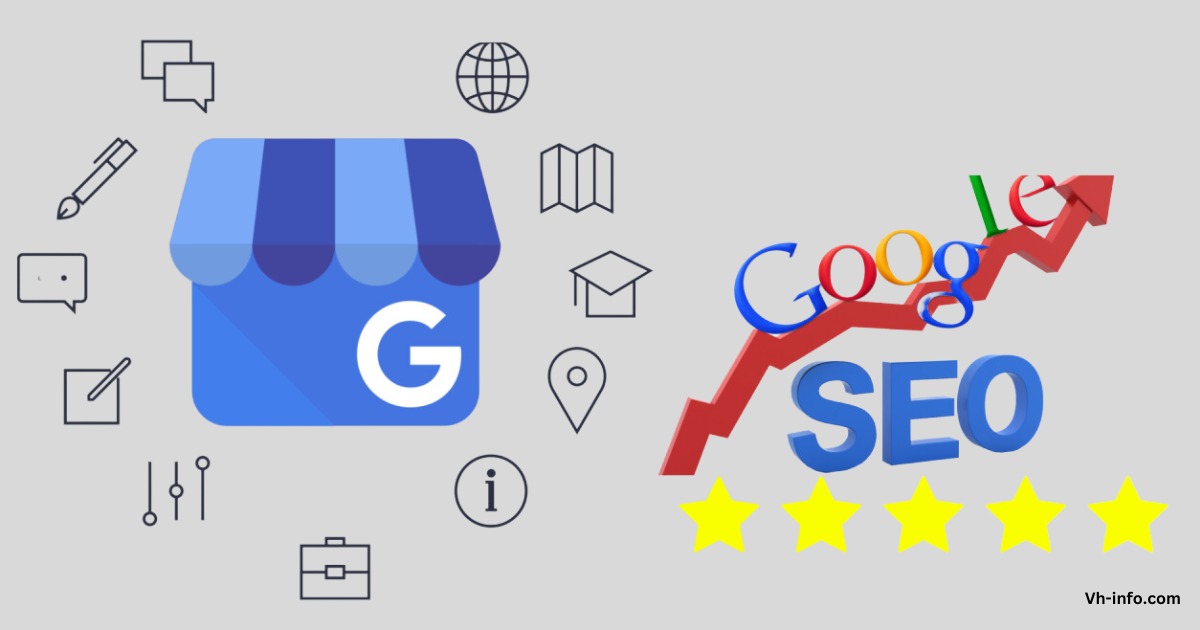
Does Google My Business Help SEO? The Ultimate Guide
As a SaaS company looking to improve your online visibility and attract more customers, you may be wondering: does Google
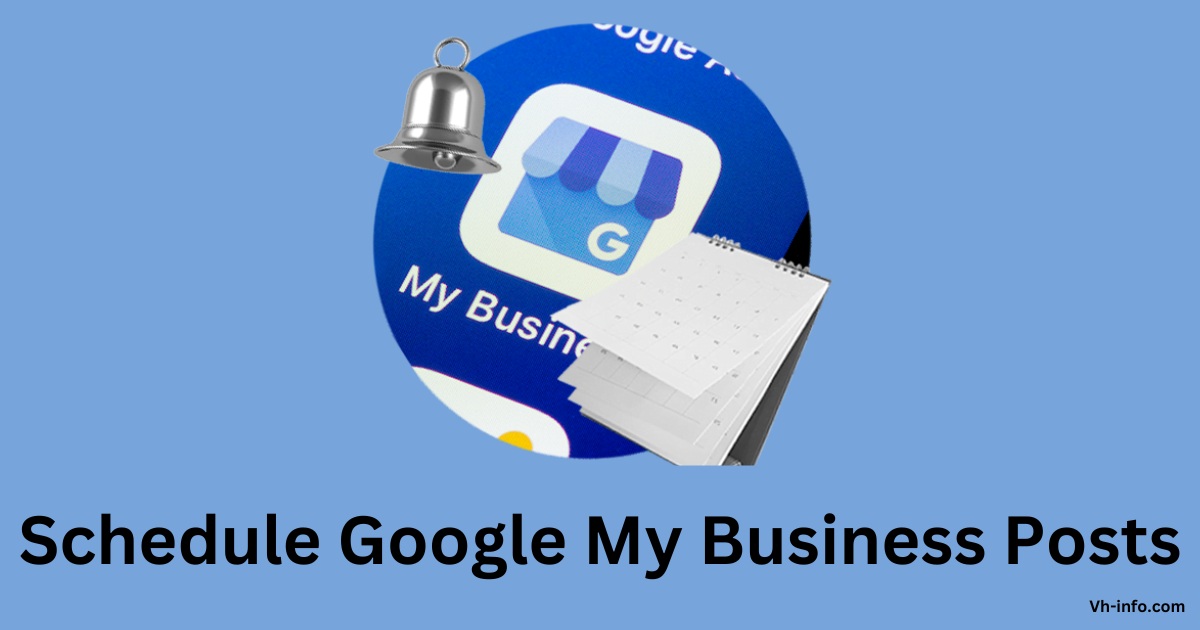
How to Schedule Google My Business Posts?
As a SaaS company, your online presence is important for attracting potential customers and driving growth. One powerful tool to
WHAT WE
3rd floor, VHinfo, QRXG+CG9 Capital Market, Canal Rd, chokdi, Ravapar, Morbi, Gujarat 363641
14 Main Street, Suite 401, New York, NY 10004
Vh-info © 2025 | All Rights Reserved